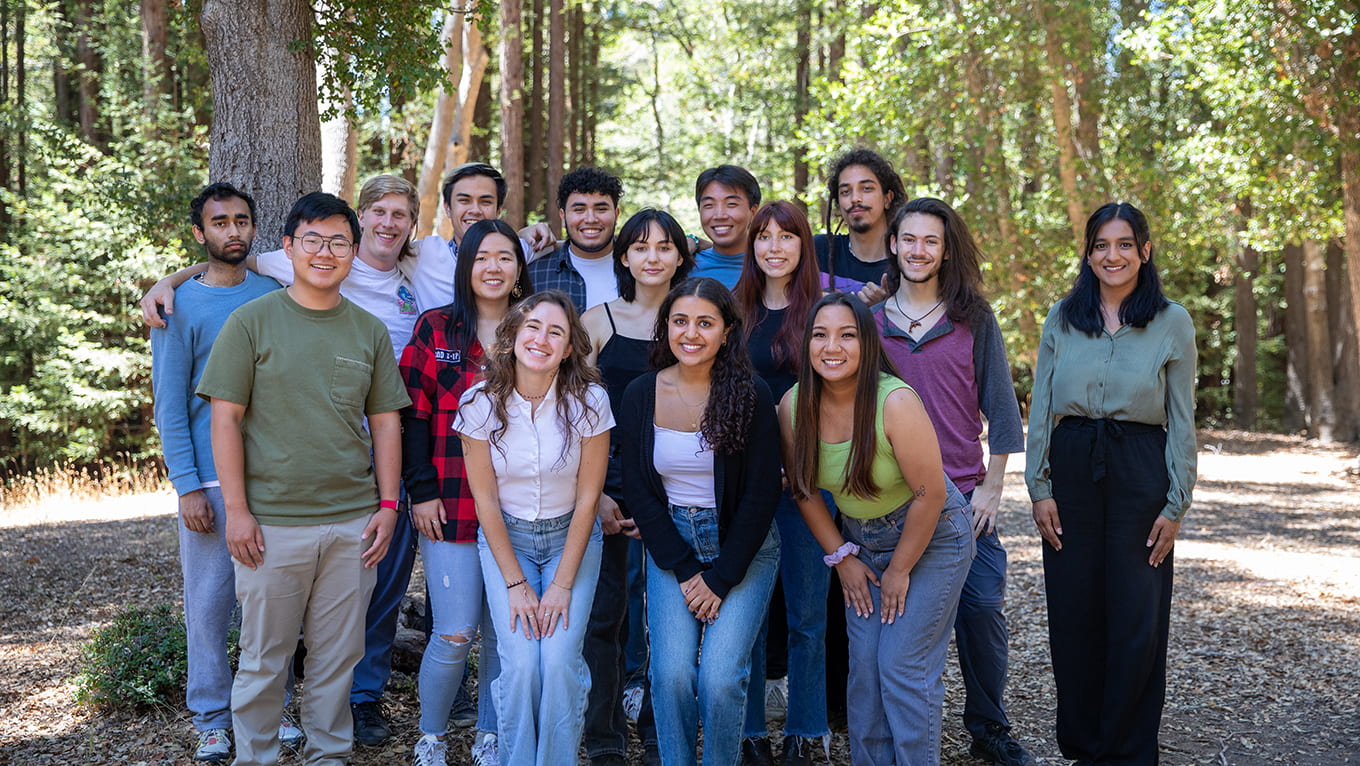Each year, 10 notable undergraduate research projects are granted Baskin Engineering Dean’s Awards, which recognize exceptional achievement in engineering research. This year’s projects demonstrate excellence in a range of fields, including synthetic biology, deep learning, microfluidics, and mathematical modeling.
Award recipients are determined by a committee of Baskin Engineering faculty, who take into consideration the quality, innovation, and creativity of students’ senior capstone or research projects. An award reception for the 2022–23 recipients will be held on Tuesday, June 6 at 12 p.m. in the Baskin Engineering Courtyard.
2022–23 Baskin School of Engineering Dean’s Award recipients:
*Investigating the COBRA NG2 Hemagglutinin for Universal Flu For Vaccine Development
Student: Joseph Cruz
Cruz analyzed the mechanisms behind the antibody response of an influenza H3 Computationally Optimized Broadly Reactive Antigens (COBRA), termed NG2, to provide new insights on the improvement of the universality of flu vaccines.
*Helo: Accessible Type 2 Diabetes Medication Through Stable Expression of Exendin-4 in S. cerevisiae
Students: Kiana Imani, Elizabeth Beer, Gia Balius, Zoe Petroff, Jonathan Zau, Cambell Strand, Lauren Paule, Joanne Shen, Yixuan Peng, Nathan Mccall, Vidhata Singh, Christopher Schade, Haripriya Govind, Thiago Brasileiro Feitosa
The UCSC 2022 iGEM team project, called Helo, addressed the high costs and limited availability of Type 2 diabetes medication through the production of a yeast-based therapeutic that can be grown locally and affordably.
*Deep Learning and High-Resolution Drone Imagery for Accurate Plant Species Mapping in California Coastal Communities
Student: Hayley Coyle
Coyle used deep learning methods to analyze drone-based imagery in order to more accurately map plant species in California coastal communities and inform conservation efforts.
Developing and Deploying the Xena Gene Set Enrichment Analysis Appyter
Student: Cally Lin
Lin developed and incorporated a tool into the web-based visual integration and exploration genomics platform Xena to allow researchers to conduct Gene Set Enrichment Analyses (GSEA), which determines associations between a set of genes and disease phenotype.
Organoid Culture Modifications to Improve Brain Organoid Fidelity
Student: Fan Xia
Xia evaluated organoids on the Autoculture microfluidics system and connectoids—connected organoids—to examine the impact of cerebral organoid culturing modifications on their health and overall model fidelity.
Validating Binding Interactions of CX3CR1 with RSV G Glycoprotein
Student: Anand Verma
Verma studied the protein binding interactions of Respiratory Syncytial Virus (RSV), a potentially serious respiratory illness that most commonly affects children and older adults, to gain further insight into how to disrupt virus attachment and ultimately prevent infection. This information will be valuable for the development of a novel prophylactic RSV therapy.
Structural Studies of Respiratory Syncytial Virus G Glycoprotein Central Conserved Domain and Fab 2b11
Student: Samuel Nangle
Nangle studied the structure and function of the Central Conserved Domain and Fab 2b11 region of a broadly neutralizing RSV antibody as a basis for finding effective new RSV vaccine candidates that target the virus’s G protein.
Applying Dijkstra’s Shortest Path Algorithm to the 1D Euler-Lagrange Equation
Student: Maxim Biryukov
Biryukov expanded upon a mathematical modeling course project by incorporating a more convenient and insightful technique, known as the Dijkstra’s shortest path algorithm, to find a least-cost path in a continuous scalar field for a complex differential equation.
Can 2D Stack Up to 3D, or Will 2D Fall Flat?
Student: Bradley Tait
Tait analyzed both 2D and 3D numerical simulations commonly used to study fluid behavior in porous media. He found that 3D simulations generally yielded higher permeability measurements than 2D simulations, indicating that the complexity of the porous media affects flow behavior in 3D. He also discovered that 2D simulations do not accurately replicate the permeability observed in 3D simulations.
Soil Power Sensor
Student: John Madden
Madden’s project focused on developing smart soil sensors and networks that are powered by microbial fuel cells, a renewable energy source also known as mud batteries, as a technique to ultimately lower agricultural resource consumption.
*Denotes a team project that also received a Chancellor’s Award, which is given to the three most outstanding Dean’s Awards projects from each division. Chancellor’s awardees receive $500, in addition to the $100 prize given to all Dean’s awardees.
– SHARE THIS STORY –
You May Also Be Interested In
-

2025 Dean’s Awards highlight outstanding Baskin Engineering undergraduate research in AI, cybersecurity, biomedicine, and more
-

Baskin Engineering students sweep SC Launchpad 2025 awards in technology and social impact categories
-

First annual UC Open Summit highlights open source innovation in the UC system

